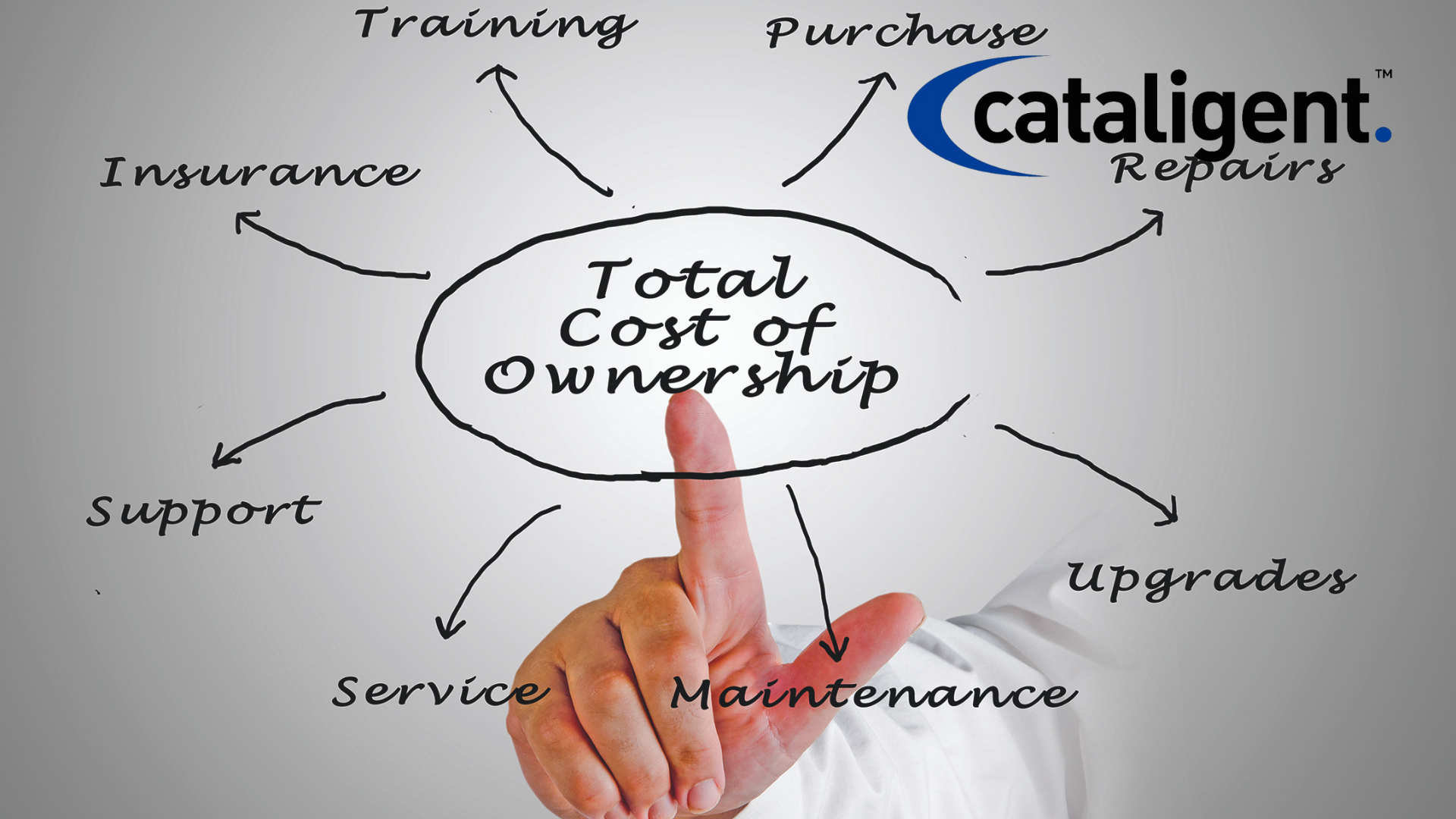Introduction
Total Cost of Ownership (TCO) Analysis is a critical financial strategy that goes beyond the initial purchase price of a product or service. It provides a holistic view of all costs associated with acquisition, operation, maintenance, and eventual disposal. By understanding and applying TCO principles, businesses can make more informed decisions, optimize procurement strategies, and achieve long-term cost savings.
This guide explores the fundamentals of TCO Analysis, its components, benefits, challenges, and best practices for effective implementation.
Understanding Total Cost of Ownership (TCO)
TCO is a comprehensive approach that considers the direct and indirect costs incurred throughout the lifecycle of an asset. Instead of focusing solely on purchase price, TCO analysis helps businesses evaluate the true value and financial impact of their investments.
Key Elements of TCO
- Acquisition Costs – Initial costs, including purchase price, procurement expenses, and taxes.
- Operational Costs – Expenses related to energy consumption, labor, and daily maintenance.
- Maintenance and Support Costs – Repairs, upgrades, software updates, and ongoing service agreements.
- Downtime Costs – Losses due to operational disruptions, productivity setbacks, or service failures.
- Disposal or End-of-Life Costs – Depreciation, disposal fees, recycling, or replacement expenses.
The Importance of TCO Analysis in Cost Management
1. Informed Decision-Making
- Helps organizations choose cost-effective solutions that provide long-term value.
- Avoids costly mistakes by identifying hidden expenses.
2. Improved Budgeting and Forecasting
- Provides a realistic estimation of future financial commitments.
- Reduces unexpected costs and financial strain.
3. Enhanced Supplier Selection
- Encourages procurement teams to evaluate suppliers based on lifecycle costs, not just upfront pricing.
- Fosters long-term partnerships with cost-efficient vendors.
4. Increased Operational Efficiency
- Helps businesses optimize resource allocation and reduce waste.
- Ensures efficient asset utilization through better lifecycle planning.
Implementing TCO Analysis: Step-by-Step Approach
Step 1: Define Scope and Objectives
- Identify the product, service, or system to be analyzed.
- Establish key performance indicators (KPIs) for cost evaluation.
Step 2: Identify All Cost Components
- List both direct and indirect costs.
- Consider initial, operational, maintenance, and disposal costs.
Step 3: Collect and Analyze Data
- Gather historical and market data to estimate costs.
- Use financial modeling and forecasting tools for accuracy.
Step 4: Compare Alternatives
- Evaluate multiple options based on their total cost over time.
- Assess cost efficiency and return on investment (ROI).
Step 5: Make Data-Driven Decisions
- Choose the most cost-effective solution based on long-term value.
- Implement strategies to mitigate high-cost factors.
Step 6: Monitor and Optimize Continuously
- Regularly review cost performance and adjust strategies accordingly.
- Use technology and automation to improve TCO efficiency.
Real-World Applications of TCO Analysis
1. IT and Technology Investments
Companies investing in cloud computing often compare upfront costs of on-premise infrastructure with long-term cloud service expenses, including maintenance, security, and upgrades.
2. Fleet and Equipment Management
Logistics firms analyze fuel efficiency, maintenance schedules, and depreciation to optimize vehicle purchases and leasing options.
3. Manufacturing and Production
Factories evaluate machinery based on energy consumption, repair frequency, and productivity levels before making procurement decisions.
4. Sustainable Procurement
Businesses aiming for environmental responsibility calculate long-term energy savings, carbon footprint reduction, and recyclability in their purchasing strategies.
Challenges in TCO Analysis
1. Data Availability and Accuracy
- Difficulty in gathering comprehensive cost data.
- Need for reliable sources and historical records.
2. Complexity in Cost Estimation
- Indirect costs can be difficult to quantify.
- Requires expert financial analysis for accurate projections.
3. Resistance to Change
- Traditional procurement teams may focus on upfront costs.
- Requires a shift in mindset to consider lifecycle value.
Best Practices for Effective TCO Implementation
1. Utilize TCO Analysis in Procurement Decisions
- Make TCO a standard criterion in vendor and product evaluation.
- Avoid low-cost, high-maintenance purchases.
2. Leverage Technology and Automation
- Use AI-powered analytics and enterprise resource planning (ERP) systems to track costs.
- Implement predictive maintenance to reduce unexpected expenses.
3. Engage Cross-Functional Teams
- Collaborate with finance, procurement, and operations departments.
- Ensure alignment with business goals and cost-saving initiatives.
4. Regularly Update and Review TCO Models
- Adapt cost models to market changes and new business conditions.
- Reassess long-term cost strategies periodically.
Case Study: Successful TCO Optimization
Case Study: Cloud vs. On-Premise IT Infrastructure
A global enterprise debated between an on-premise data center and a cloud-based infrastructure. TCO analysis revealed that:
- The on-premise solution had lower upfront costs but required significant long-term maintenance and upgrades.
- The cloud solution incurred ongoing subscription fees but reduced energy expenses, IT staffing costs, and hardware depreciation.
By choosing the cloud, the company reduced overall IT costs by 30% over five years, demonstrating the power of TCO analysis in strategic decision-making.
Conclusion
Total Cost of Ownership (TCO) Analysis is an essential tool for organizations seeking to optimize costs, improve procurement strategies, and achieve long-term financial efficiency. By shifting the focus from initial purchase price to lifecycle cost considerations, businesses can make smarter investment decisions, enhance operational efficiency, and drive sustainable growth.

